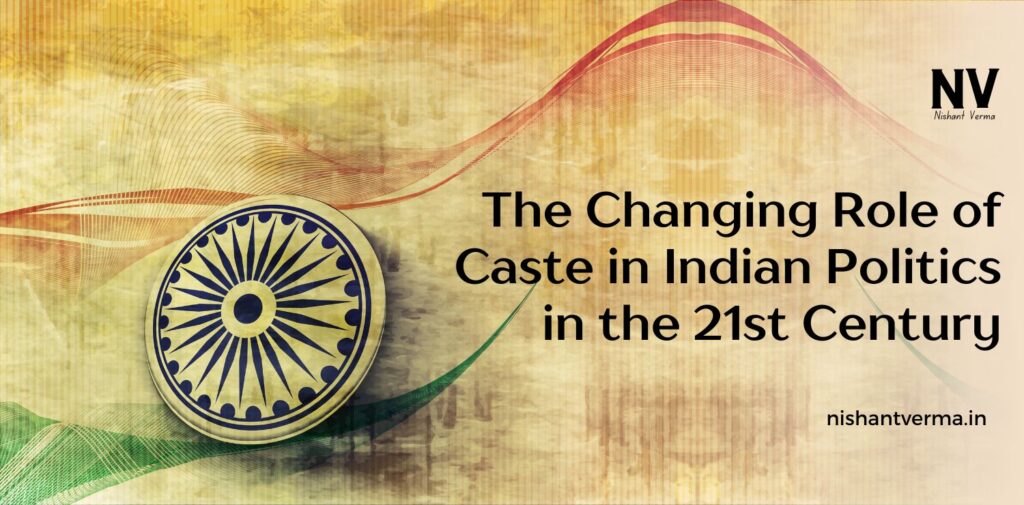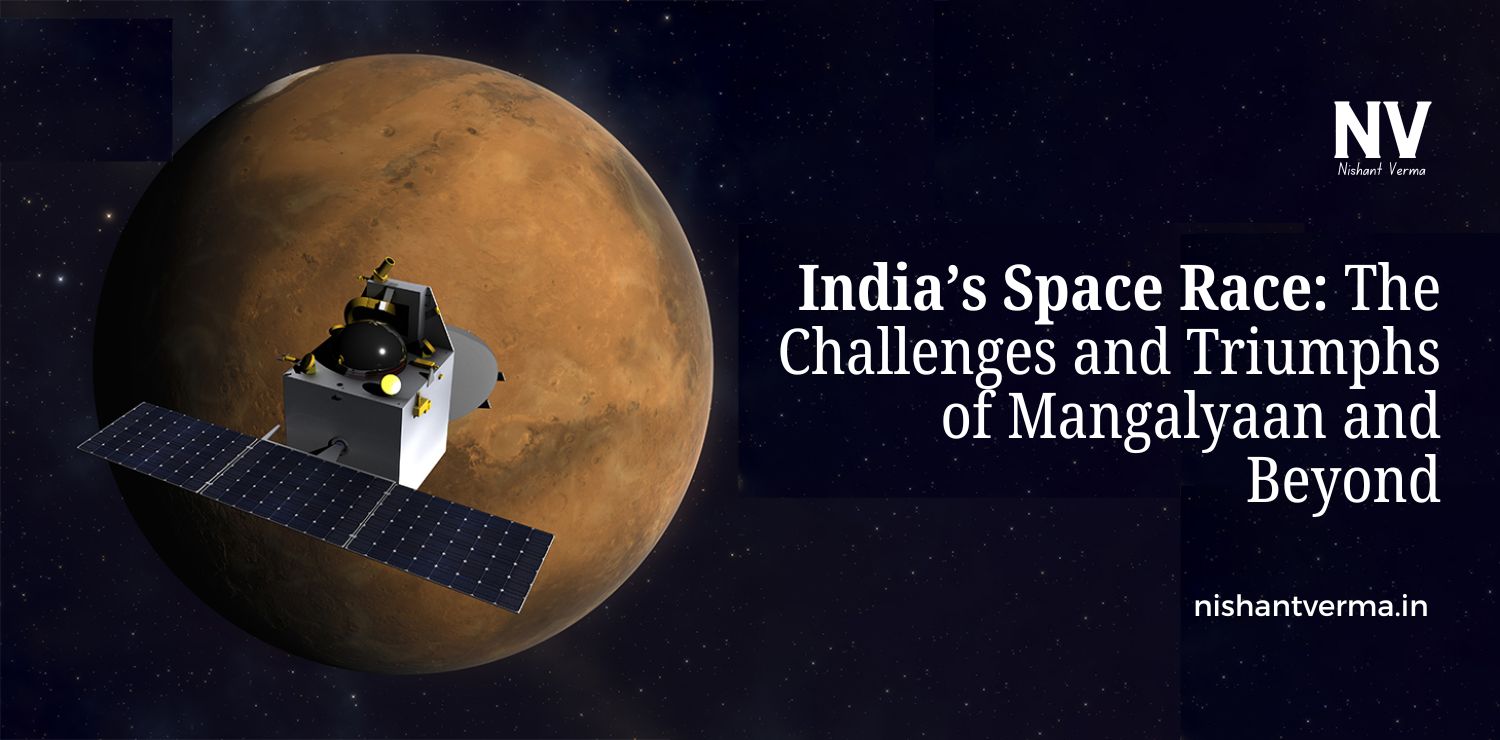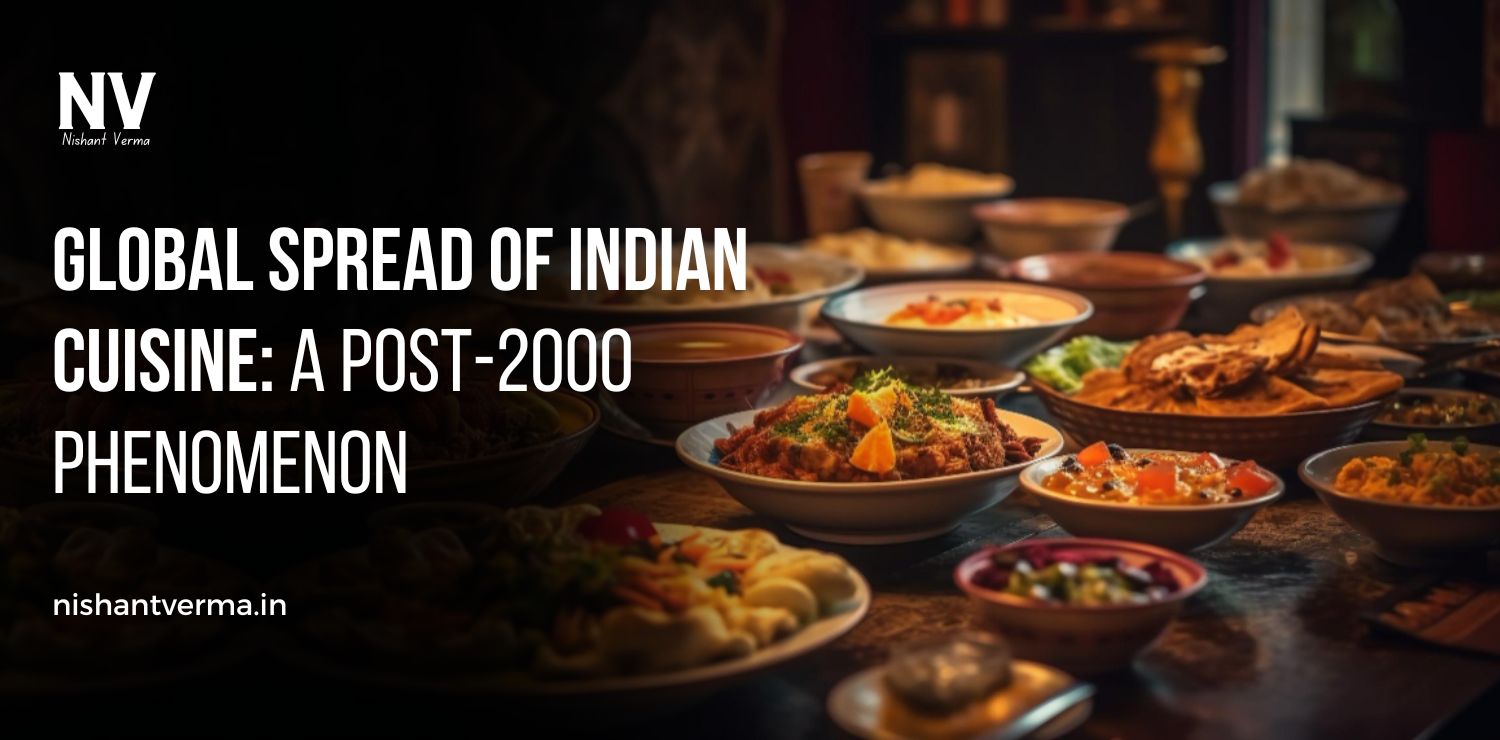Caste has always played a significant role in Indian society, influencing social interactions, economic opportunities, and political dynamics. For centuries, caste-based identities have shaped the social fabric of India, and politics has been no exception. The caste system, deeply rooted in the history of India, has traditionally been a major factor in electoral politics, often dictating voting patterns and political party strategies. However, as India enters the 21st century, the role of caste in politics has been evolving, with new dynamics, challenges, and opportunities emerging in the political landscape. This article explores how the role of caste in Indian politics has changed in recent years, the factors driving these changes, and the challenges that still persist.
The Historical Influence of Caste in Indian Politics
To understand the changing role of caste in Indian politics, it is essential to first grasp its historical significance. The caste system in India, though officially abolished in 1950 by the Constitution, continues to impact the lives of millions of people, especially in rural areas. Traditionally, caste determined a person’s occupation, social status, and even the area of residence. In the realm of politics, caste-based identities have long been a key determinant in electoral choices. Political parties have often used caste as a tool to mobilize voters, either by forming alliances with specific caste groups or by directly appealing to the aspirations of these communities.
In the early years after independence, the Indian National Congress (INC) was the dominant political force. The party’s strategy was primarily based on secularism and the vision of a unified Indian society, but caste dynamics continued to shape the political landscape. The INC attempted to build a broad-based support coalition that included people from different caste groups. Over time, however, caste-based politics began to rise in prominence, especially in the 1970s and 1980s, with regional parties emerging as significant players.
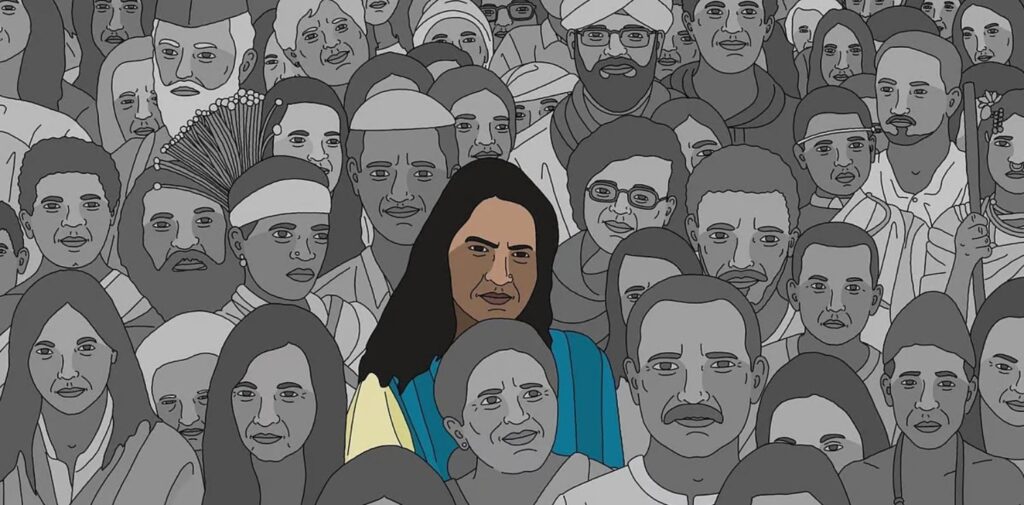
The Rise of Caste-Based Parties
In the late 20th century, caste-based parties gained ground in Indian politics. The 1980s and 1990s saw the emergence of parties that directly represented the interests of specific caste groups, such as the Bahujan Samaj Party (BSP) in Uttar Pradesh, the Samajwadi Party (SP), and the Rashtriya Janata Dal (RJD) in Bihar. These parties, led by leaders from backward classes, Dalits, and other marginalized communities, began to challenge the traditional dominance of the Congress party.
The rise of caste-based politics during this period was driven by several factors. First, the rise of social movements demanding greater rights and recognition for Dalits, backward classes, and other oppressed communities led to a rethinking of political strategies. Second, economic liberalization in the 1990s created new opportunities for social mobility, especially for the lower castes. This increased aspiration for political representation and social justice, which caste-based parties successfully tapped into. Finally, the weakening of the Congress party’s hold on power allowed regional and caste-based parties to assert themselves as key players in state and national politics.
Caste in the 21st Century: Changing Dynamics
Entering the 21st century, the role of caste in Indian politics began to undergo some significant changes. While caste-based identities still influence voting behavior, the extent and nature of caste-based politics have evolved. Several factors have contributed to this shift, including economic growth, urbanization, and the increasing importance of national issues in electoral campaigns.
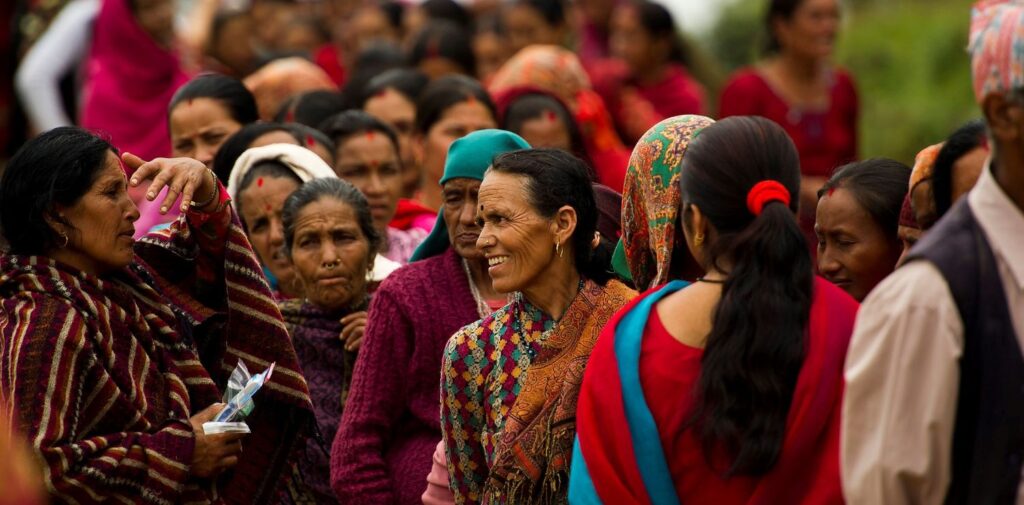
Urbanization and the Rise of a New Voter Base
One of the most important changes in Indian politics in the 21st century has been the growth of urban areas. As more people move to cities for better education and employment opportunities, the traditional caste-based identities become less significant. Urban voters are often more focused on issues like development, governance, and jobs, rather than caste-based considerations. This shift has resulted in political parties having to reframe their strategies to appeal to a broader base, rather than relying solely on caste-based mobilization.
In urban areas, politics has become more about performance and governance, with voters expecting political parties to deliver on issues like infrastructure, health, education, and employment. For example, political leaders like Arvind Kejriwal in Delhi have gained support by focusing on issues that transcend caste, such as clean governance and providing basic services to all citizens. As urban centers grow, the importance of caste-based politics is expected to decline, with parties having to focus on more universal issues that appeal to a diverse electorate.
The Role of Technology and Social Media
The rise of social media and technology has also changed the nature of politics in India. Political parties now use platforms like Facebook, Twitter, and WhatsApp to connect with voters, spread their messages, and organize campaigns. This digital transformation has created new opportunities for political engagement, especially among the youth, who are less likely to be influenced by traditional caste-based politics. Social media has allowed for a more inclusive political discourse, where issues of governance, development, and national security dominate the conversation.
However, technology has also allowed for the spread of caste-based narratives and messages, sometimes deepening divisions. The challenge for political parties and the electorate is to ensure that technology is used to foster inclusive politics, rather than further entrenching caste-based divisions.
The Impact of National Issues
In recent years, national issues such as economic growth, national security, and social justice have gained prominence over purely caste-based concerns. The rise of parties like the Bharatiya Janata Party (BJP) has shown that political parties can win support across a wide range of communities by focusing on broader issues, rather than relying solely on caste-based votes. The BJP, for instance, has successfully built a broad coalition of voters from different castes, particularly by appealing to a sense of nationalism and development.
At the same time, caste continues to play a role in shaping political discourse, especially in states where caste identities are still deeply entrenched. In Uttar Pradesh, for example, the BSP and SP continue to hold significant sway over Dalit and backward class communities, respectively. These parties have been able to secure votes by focusing on issues like reservation, social justice, and empowerment of marginalized communities.
The Challenge of Reservation and Affirmative Action
One of the key issues in Indian politics that continues to be influenced by caste is the policy of reservation or affirmative action. The reservation system, which allocates a certain percentage of government jobs and educational opportunities to people from Scheduled Castes (SC), Scheduled Tribes (ST), and Other Backward Classes (OBC), remains a contentious issue in Indian politics. While it has provided opportunities for social and economic advancement to historically marginalized communities, it has also led to debates about fairness, merit, and the effectiveness of such policies.
As India’s economy grows and new opportunities emerge, the debate over reservation continues to shape political discourse. Some argue that caste-based reservations are still necessary to ensure social justice, while others believe that such policies have outlived their usefulness and that India should focus on merit-based systems. This ongoing debate is likely to continue influencing the role of caste in Indian politics.

The Future & Role of Caste in Indian Politics
As India moves forward in the 21st century, caste will continue to be an important factor in politics, but its influence may decrease over time. Urbanization, economic growth, and the rise of new political issues are changing the dynamics of Indian politics. Political parties will need to adapt to these changes by focusing on governance, development, and social justice, rather than relying solely on caste-based mobilization.
At the same time, caste-based parties are unlikely to disappear entirely, particularly in states where caste identities remain strong. The challenge for India’s democracy will be to ensure that caste-based politics does not lead to further divisions or hinder the country’s progress toward a more inclusive society. As India continues its journey into the 21st century, it will need to balance the legacy of caste with the promise of a more united and prosperous future.

